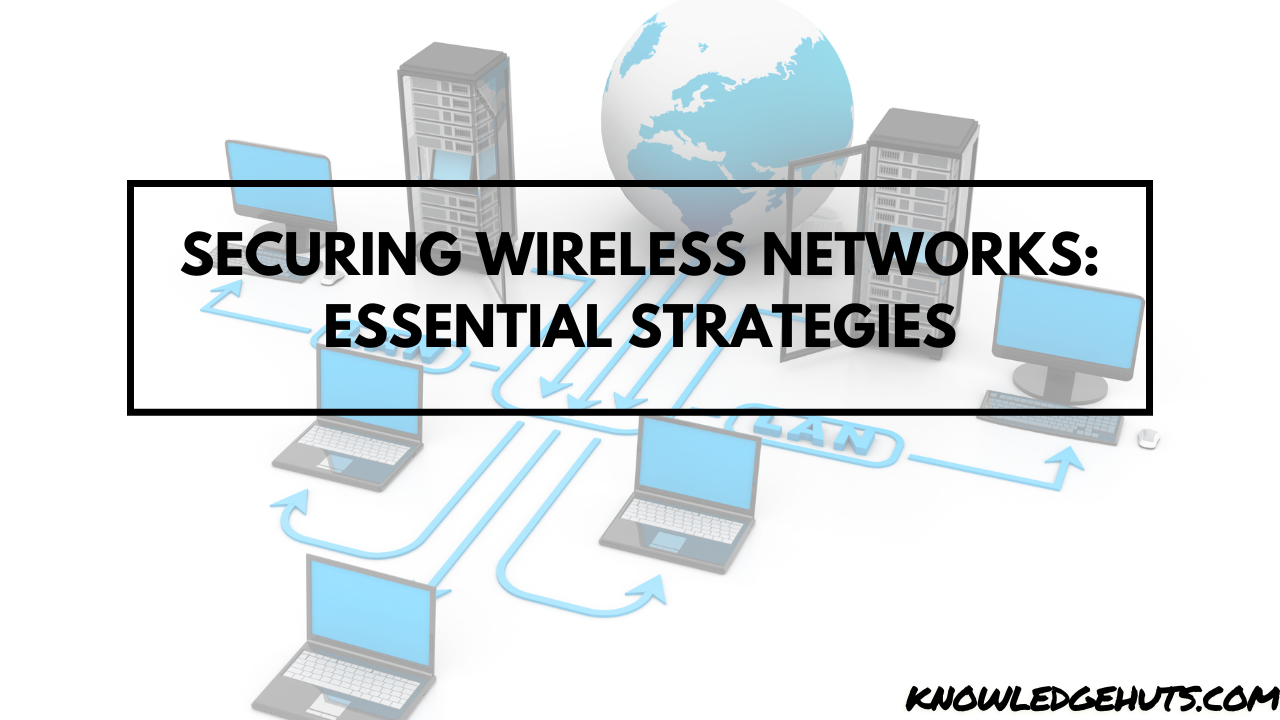Wireless networks are the lifeblood of communication in today’s digital era. From bustling cities to quiet homes, these networks weave vibrant connectivity. The convenience brought by them costs a bit though vulnerabilities.
Imagine this: a hacker exploiting a wireless network in your favorite café, accessing sensitive information with ease. Such risks underscore the importance of securing wireless networks. But how can we protect them effectively? Now, let us get into the tactics that will allow you to protect your digital fortress with cybersecurity.
The vulnerabilities of wireless networks
Wireless networks are inherently exposed to threats. Since they are open, they are vulnerable to being accessed without consent, data breaches, and malware. Notably, poorly configured networks, weak passwords, and outdated firmware create security flaws that hackers exploit. In contrast to wired networks, where physical barriers exist, wireless networks broadcast signals that anyone nearby can intercept.
For both businesses and people, it means the stakes are high. Attacks on wireless networks for financial loss and data theft could be an expensive affair, along with reputation damage. Understanding these vulnerabilities is the first step toward ensuring a secure network.
Strategies to Secure Wireless Networks
Securing wireless networks involves a multi-threaded approach. Firstly, always change default credentials for routers and access points. These default settings are a hacker’s starting point. Moreover, use strong, unique passwords that combine letters, numbers, and special characters.
Additionally, hiding your network’s SSID (Service Set Identifier) can prevent unauthorized users from easily finding it. Furthermore, disabling guest networks unless necessary reduces entry points for potential attackers.
Importance of encryption and authentication
Encryption is the soul of wireless network security. It converts to an unreadable format that anyone without a proper decryption key never uses or shares. Specifically, protocols like WPA3 (Wi-Fi Protected Access 3) are essential for safeguarding modern wireless networks. Unlike older encryption methods, WPA3 provides robust protection against brute-force attacks.
Authentication works in conjunction with encryption to make sure only whom and what you should be able to connect to existing networks. While encryption protects data in transit, authentication ensures that only trusted users have access to that data.
Role of Regular Updates and Monitoring
Outdated software and firmware are the remainder of vulnerabilities that hackers eagerly exploit. Finally, remember that you got to update your devices. Patches and updates that are security-related are often provided by manufacturers. By promptly applying these updates, you enhance your network’s resilience against attacks.
Regular monitoring is equally important. Use tools to recognize anomalies in network activity so you know when things might not be right before the breach gets out of hand. For instance, if a new device unexpectedly connects to your network, it might be a signal to breach. By acting quickly, you can neutralize threats and prevent further damage.
Conclusion
Wireless networks are the lifeblood of our interconnected world, but they are not without risks. By understanding vulnerabilities and implementing strategies such as encryption, authentication, and regular monitoring, you can transform your network into a fortress of security.
For IT professionals and businesses aiming to boost their networking knowledge, CompTIA Network+ Certification is a game changer. Obtaining this certification will give you the requisite skill set for cost-effective network infrastructure management as well as troubleshooting and security. Whether you’re an aspiring network administrator or a seasoned IT expert, CompTIA Network+ Certification Training is your gateway to mastering the labyrinth of networking and cybersecurity.
Ready to revolutionize your IT career? Enroll in the CompTIA Network+ Certification Training Course in Sprintzeal and become a certified Wireless Network Securing Engineer. Let’s foster a future where connectivity and security go hand in hand.








